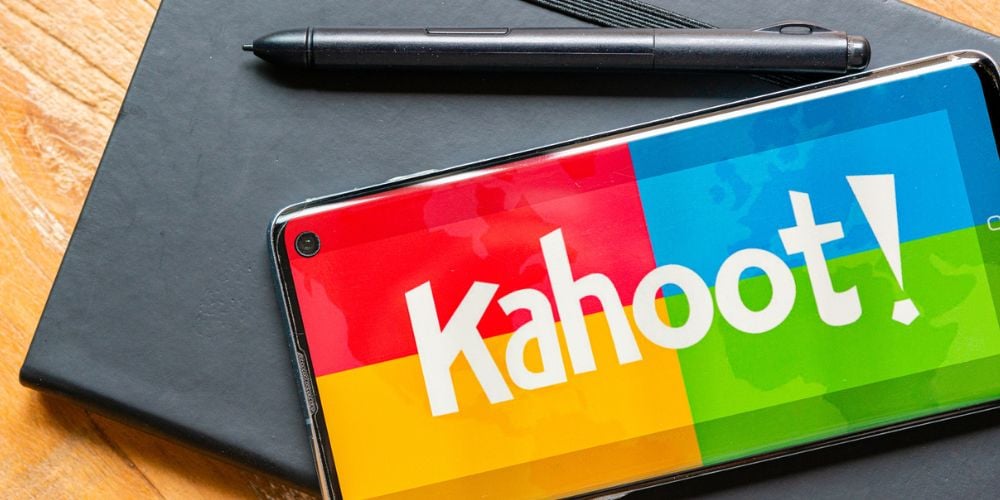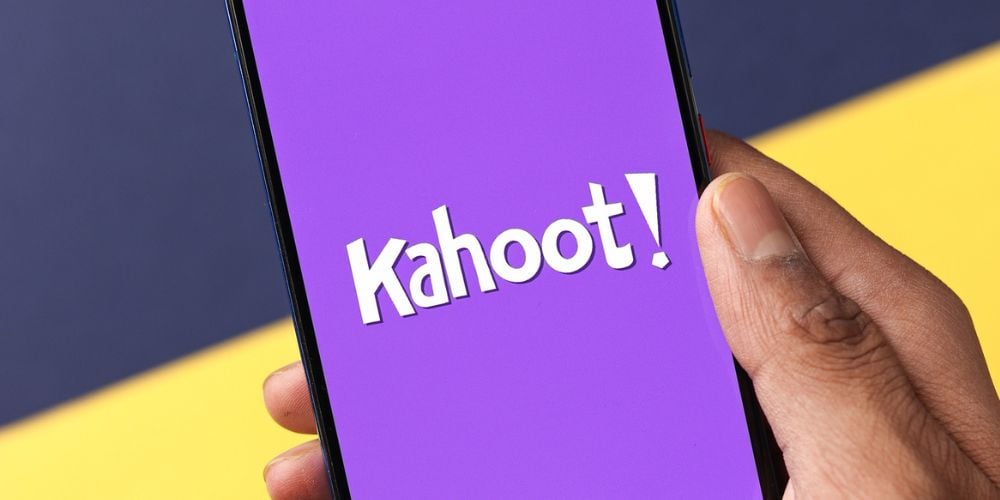What is Kahoot? If you’ve ever been in a classroom or a conference hall where participants were interacting with an engaging, game-like platform, chances are you’ve witnessed Kahoot in action.
Kahoot is a game-based learning platform that allows users to create, share, and play educational quizzes.
With its interactive and competitive nature, Kahoot has revolutionized the way educators engage with students and how businesses conduct training sessions.
But, exactly who owns Kahoot?
In this article, we will delve into the history of Kahoot, its founders, and the recent acquisition that changed the ownership landscape.
What is Kahoot?
Before diving into the ownership details, it’s essential to understand what Kahoot is and how it has gained immense popularity in the educational sector.
Kahoot was founded in 2012 by Morten Versvik, Johan Brand, and Jamie Brooker in collaboration with the Norwegian University of Science and Technology.
It was initially developed as a digital learning tool with gamification elements to make education more interactive and engaging.
Kahoot allows teachers and trainers to create quizzes, surveys, and discussions on various topics, which participants can access through their devices.

These interactive sessions are conducted in real-time, and users compete against each other by answering questions correctly. The immediate feedback and competitive nature make learning fun and memorable for students of all ages.
Whether it’s assessing students’ knowledge, reviewing lesson material, or hosting company-wide training sessions, Kahoot has become a go-to platform for many educators and trainers worldwide.
In 2013, Kahoot won the Best Nordic Startup Award and secured its first round of funding to expand its offerings. With its user-friendly interface and effectiveness in enhancing student engagement, Kahoot quickly gained prominence within the educational community.
It became a platform where educators could create and share interactive quizzes and games, fostering a more interactive learning environment.
Kahoot’s Rise to Prominence
As Kahoot continued to grow in popularity, it attracted significant investments and formed partnerships that contributed to its rapid expansion.
In 2016, Kahoot secured $10 million through a funding round led by Fredrik Cassel’s Creandum. This funding allowed Kahoot to further develop its product offerings and expand internationally.
Recognizing the potential of the platform beyond traditional education, Kahoot also forged strategic partnerships.
In 2018, it collaborated with Disney to launch a series of interactive quizzes based on Disney characters and movies. This collaboration added a new dimension to Kahoot’s offerings, widening its appeal to users of all ages.
Kahoot’s success story continued with multiple milestones, including achieving 1 billion players in 2019 and being listed on the Oslo Stock Exchange in 2020.
Its market capitalization topped $6.5 billion, making it one of Norway’s most valuable start-up companies.
Who Owns Kahoot? Changes in Ownership
In March 2021, Kahoot grabbed headlines with a significant acquisition that reshaped its ownership structure. Goldman Sachs Asset Management emerged as the new majority owner after acquiring a majority stake in Kahoot for $1.72 billion.
The acquisition also involved participation from other notable entities, including the Norwegian investment firm, GIC, and strategic partners from previous funding rounds.
This acquisition generated considerable buzz within the edtech industry and emphasized the market’s confidence in Kahoot’s future prospects. With the backing of Goldman Sachs and other investors, Kahoot gained substantial financial resources to drive its expansion and innovation.
The infusion of capital enabled Kahoot to enhance its product offerings, explore new markets, and advance its mission of revolutionizing the learning experience through engagement and interactivity.

The strategic partnership with Goldman Sachs opens doors for potential collaborations and partnerships that can further propel Kahoot’s growth.
Additionally, having an influential financial institution like Goldman Sachs as the majority owner brings credibility and support in navigating the competitive educational technology landscape.
This change in ownership also highlights the broader investment interest and recognition of the value of edtech in transforming education.
As the market for innovative learning solutions continues to expand, Kahoot stands well-positioned to leverage its robust platform and capitalize on opportunities for growth.
In summary, the acquisition by Goldman Sachs Asset Management, along with the involvement of other investors, reinforces Kahoot’s status as a leading player in the edtech industry.
With increased financial strength and strategic backing, Kahoot has the means to deepen its impact, reach new audiences, and continue its mission of making learning more interactive and engaging.
Implications for Kahoot’s Future
As with any acquisition, the change in ownership brings both opportunities and challenges for Kahoot. One potential benefit of the acquisition is the infusion of capital, which can be used to invest in research and development, enhance existing features, and develop new tools.
This can further solidify Kahoot’s position as a leading game-based learning platform and open doors for new partnerships and collaborations.
However, there might be concerns about the integration of Goldman Sachs’ strategic vision with Kahoot’s existing roadmap.
It would be crucial for both parties to align their goals to ensure that Kahoot remains focused on its core mission and continues to provide value to its users.
One aspect that many users are concerned about is the impact on pricing. Kahoot has primarily been a free platform, with premium features available through paid subscriptions.
While there haven’t been any immediate indications of changes in pricing, the acquisition could potentially lead to the introduction of new pricing models or additional premium features to monetize the platform further.
Conclusion
In conclusion, Kahoot’s ownership landscape underwent a significant change with the recent acquisition by Goldman Sachs Asset Management.
This acquisition, valued at $1.72 billion, opens up new opportunities for Kahoot’s growth and development as a leading game-based learning platform.
While the change in ownership brings potential benefits and challenges, the infusion of capital and strategic backing from Goldman Sachs positions Kahoot for an exciting future.
Regardless of ownership, Kahoot’s mission to make learning interactive and engaging remains unchanged, solidifying its status as a pioneering force in educational technology.


 Tags:
Tags:










